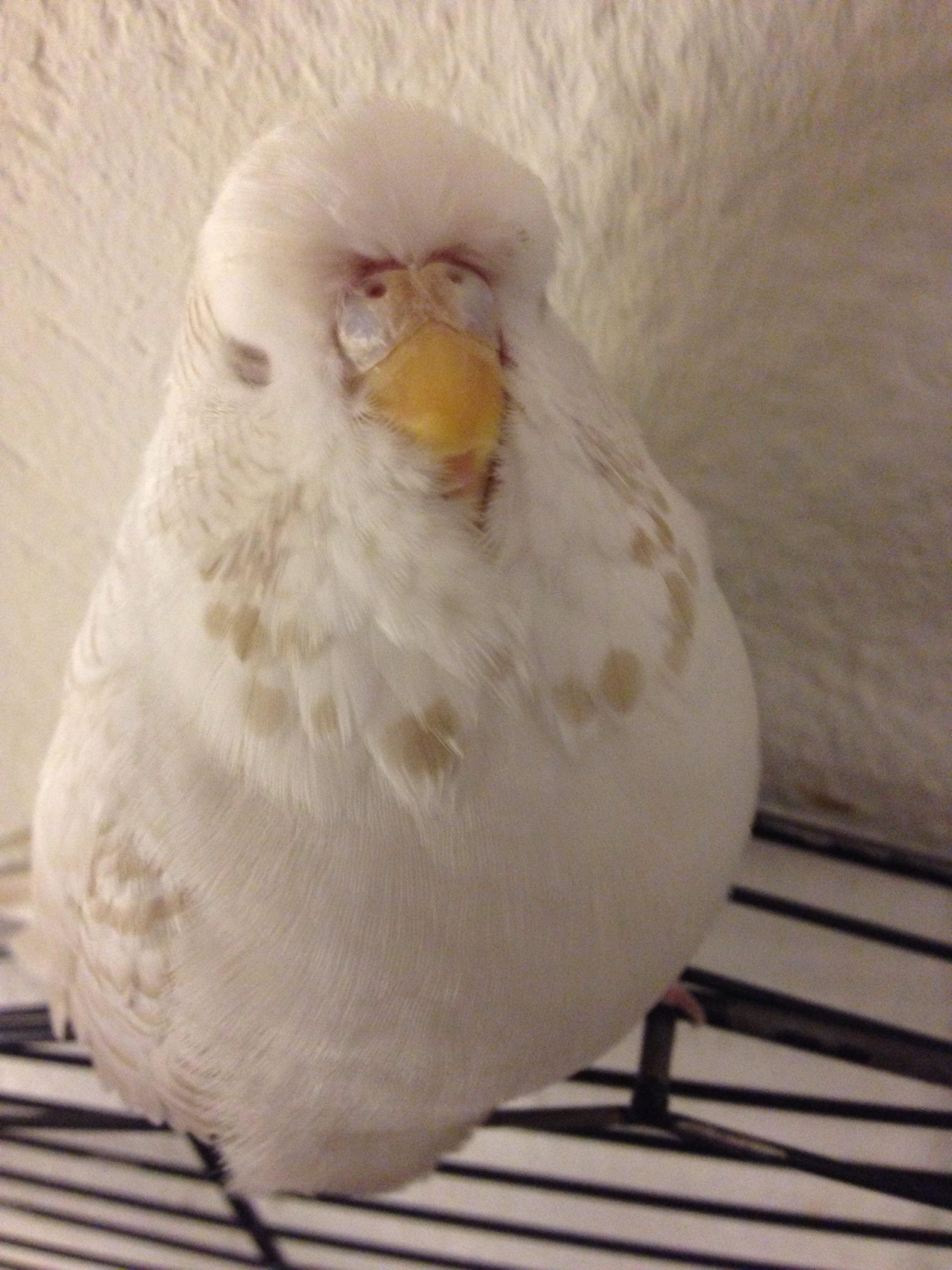Dry and flaky skin on the face can be not only uncomfortable but also a cause for self-consciousness. It is a common problem that affects people of all ages and skin types. In this article, we will explore the causes of flaky skin on the face, effective treatment options, and preventive measures to maintain healthy, hydrated skin.

Credit: m.youtube.com
Identifying Flaky Beak
Flaky beak, also known as dry skin or xerosis, occurs when the skin fails to retain enough moisture. The lack of moisture causes the skin to become dry, rough, and in some cases, flaky. Common signs of flaky beak include:
- Tightness or discomfort in the face
- Itching or irritation
- Redness or inflammation
- Visible flaking or peeling of the skin
- Cracks or fissures
If you notice any of these symptoms, it is essential to address the issue promptly to prevent further skin damage and discomfort.

Credit: www.reddit.com
Treating Flaky Beak
To effectively treat flaky beak, it is crucial to focus on moisturizing and nourishing the skin. Here are some effective treatment options:
1. Hydrate From Within
Drinking an adequate amount of water every day helps hydrate your body from the inside out. Aim for at least eight glasses of water per day to keep your skin hydrated and healthy.
2. Use A Gentle Cleanser
Avoid harsh soaps and cleansers that can strip your skin of its natural oils. Opt for a gentle cleanser that is specifically formulated for dry or sensitive skin. Look for ingredients like hyaluronic acid, glycerin, and ceramides, which help hydrate and protect the skin barrier.
3. Moisturize Regularly
After cleansing, it is essential to moisturize your face immediately. Choose a moisturizer that is rich in emollients, humectants, and occlusives to lock in moisture and create a protective barrier on your skin. Apply the moisturizer both morning and night for optimal results.
4. Exfoliate Gently
Exfoliation helps remove dead skin cells and promotes healthy cell turnover. However, it is important to exfoliate gently to avoid further irritation. Choose a mild exfoliant and limit exfoliating to once or twice a week.
5. Add A Face Oil
Face oils can provide an extra boost of hydration for dry and flaky skin. Look for oils with moisturizing properties like argan oil, jojoba oil, or rosehip oil. Apply a few drops of the oil after moisturizing to lock in moisture and improve skin elasticity.
6. Protect Your Skin
Protect your skin from harsh weather conditions, especially during winter when the air tends to be dry. Wear a scarf or a hat to shield your face from cold winds, and apply a broad-spectrum sunscreen with at least SPF 30 to protect your skin from harmful UV rays.
Preventing Flaky Beak
Prevention is key when it comes to maintaining healthy, hydrated skin. Here are some preventive measures you can take to minimize the occurrence of flaky beak:
1. Follow A Consistent Skincare Routine
Having a regular skincare routine that includes cleansing, moisturizing, and protecting your skin is essential for preventing flaky beak. Stick to the routine, even when your skin is not experiencing any issues.
2. Avoid Hot Showers
Hot water can strip your skin of its natural oils, leading to dryness and flakiness. Opt for lukewarm water when washing your face and limit your shower time to prevent excessive loss of moisture.
3. Use A Humidifier
During dry seasons or if you live in a dry climate, using a humidifier can help add moisture back into the air, which in turn helps prevent flaky skin. Place a humidifier in your bedroom or office, especially during the winter months.
4. Wear Breathable Fabrics
Certain fabrics like wool or synthetic fibers can irritate the skin and exacerbate dryness. Opt for breathable fabrics like cotton or silk, especially when it comes to hats, scarves, or clothing that comes in contact with your face.
5. Avoid Harsh Chemicals
Harsh chemicals found in some skincare products or household cleaners can be harsh on the skin and strip away moisture. Choose products that are fragrance-free and free of irritants like sulfates and alcohol.
6. Stay Hydrated
Drinking enough water throughout the day not only benefits your overall health but also helps maintain skin hydration. Carry a water bottle with you to ensure you’re staying adequately hydrated.
Frequently Asked Questions For Flaky Beak
Q: What Is Flaky Beak?
Flaky Beak refers to a common condition where a bird’s beak develops cracks and flakes due to various factors.
Q: What Causes Flaky Beak In Birds?
Flaky Beak can be caused by nutritional deficiencies, excessive dryness, infections, or trauma to the bird’s beak.
Q: How Can I Prevent Flaky Beak In My Bird?
To prevent Flaky Beak, ensure your bird receives a balanced diet, regular beak maintenance, and a healthy living environment.
Q: What Are The Symptoms Of Flaky Beak?
Symptoms of Flaky Beak include cracked or peeling beak, difficulty eating or grooming, and signs of pain or discomfort in the affected area.
Conclusion
Dealing with flaky beak can be challenging, but with proper care and preventive measures, you can effectively manage and prevent dry and flaky skin on your face. Identify the signs early, adopt a skincare routine that focuses on moisturizing, and create a protective barrier to keep your skin hydrated and healthy. Remember, self-care is essential for maintaining beautiful and radiant skin.

